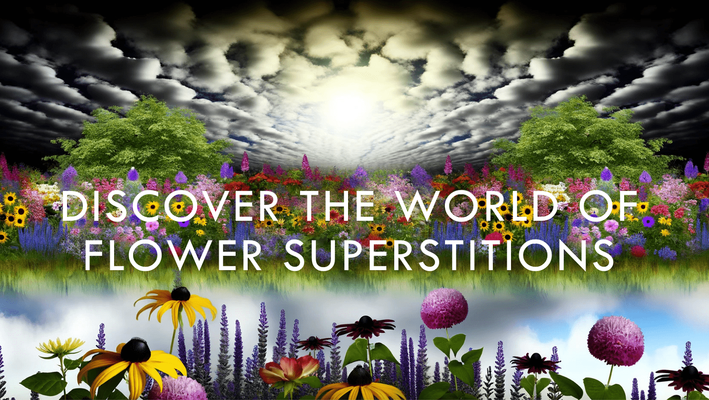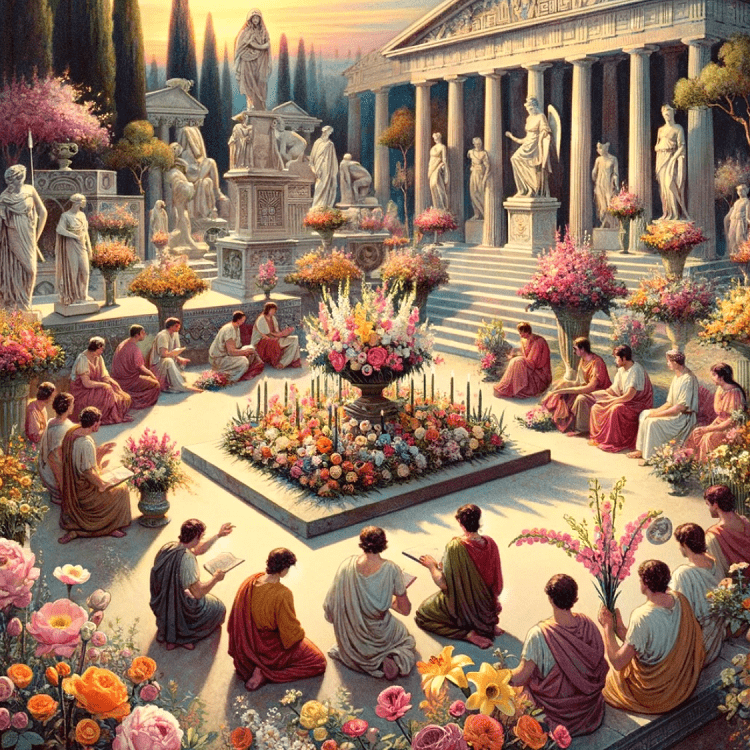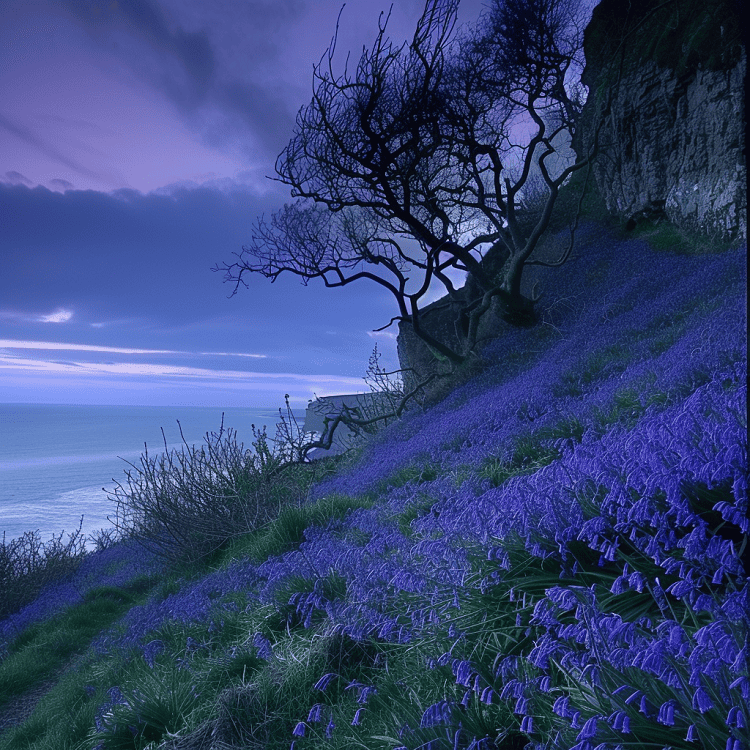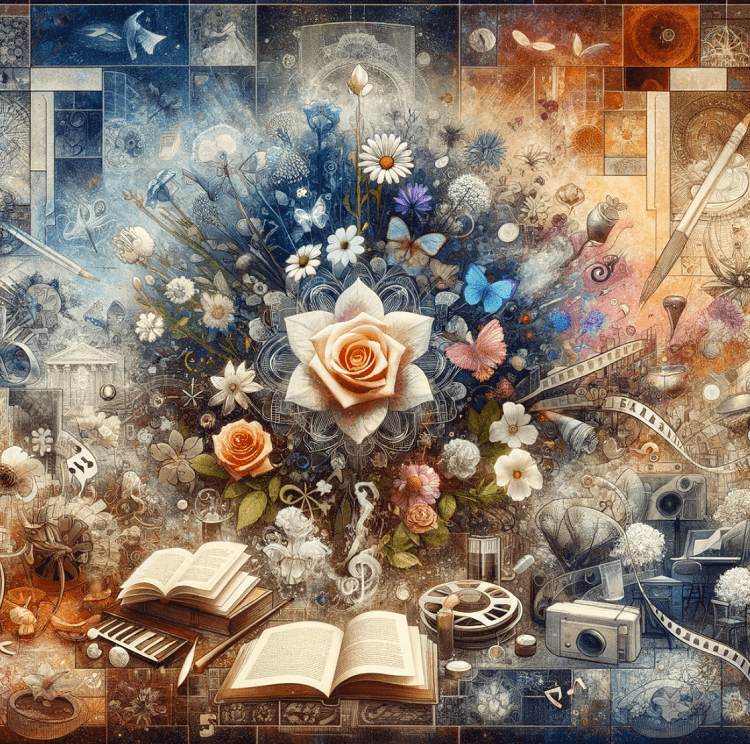Popular Flower Superstitions: Fact Or Fiction

Flower Superstitions: Fact or Fiction?
Introduction
The popularity of flower superstitions dates back to ancient cultures that associated blooms with myths, rituals, and magical properties. Over time, these traditional folk beliefs about the symbolic meaning and supernatural powers of flowers have persisted across regions and still influence modern practices today.
Victorian flower language in particular assigned coded meanings to different types of flowers that allowed people to communicate emotions and convey hidden messages. This language continues to shape the cultural significance and interpretation of many common flowers.
Similarly, the practice of using flowers for fortune-telling, protection against evil, and promoting luck or romance stems from age-old superstitions that grant mystical abilities to certain plants. While the veracity of these beliefs is questionable, they reveal humanity's enduring fascination with flora and the imaginative ways we have infused flowers with symbolism.
This exploration of the most intriguing flower superstitions across cultures and history aims to uncover the origins, prevalence, and modern relevance of these captivating folk traditions. Their persistence provides insight into flower symbolism as a unique intersection of nature, culture, and the human experience.
History and Origins of Flower Superstitions

The foundations of many widespread flower folklore beliefs can be traced back to ancient cultures like the Egyptians, Greeks, and Romans who associated various blooms with their gods, goddesses, and mythological tales.
For instance, the Egyptians viewed the lotus flower as a symbol of rebirth linked to the daily resurrection of the sun god Ra. Roses also held funerary significance in Egyptian culture and were used to honor the dead.
The ancient Greeks and Romans similarly incorporated floral motifs into their rituals, ceremonies, arts, and storytelling. The Greeks believed narcissus flowers sprung from the blood of a mythical young man named Narcissus who fell in love with his own reflection.
Over time, these classical mythological flower origins evolved into medieval and early modern folklore infused with superstitions about the supernatural qualities of plants. For instance, hanging roses over doorways became a common protective charm against evil and illness.
Specific flower meanings also emerged during the Victorian era when popular floriography traditions assigned coded definitions and sentimental messages to different blooms. This practice allowed people to convey affection in a strict, repressive society using bouquets and floral arrangements.
These diverse cultural beliefs surrounding flowers persist and continue to influence modern symbolism, language, arts, and popular imagination globally today. Their longevity reveals humanity's enduring fascination with finding meaning, magic, and mystery in the natural world. III. Common Flower Superstitions
Roses
Hanging dried bouquets of roses over doors as protection has been a common superstition. The Victorian language of flowers assigned symbolic meanings to rose colors - red for love, white for innocence, yellow for friendship. A popular superstition warns against pruning roses on New Year's Day or risking bad luck for the next year's blooms.
Bluebells
Bluebells have long been surrounded by lore in the British Isles. It's considered terribly unlucky to walk through a patch of bluebells or pick their flowers. Folklore claims bluebells are homes to spells and spirits. Even saying the name aloud near the blooms was believed to summon bad luck or malevolent fairies.

Lilacs and Hawthorn
In Scotland, it's customary to never bring hawthorn or lilac flowers indoors. Superstition holds that the sweet scent of their blossoms can attract evil spells or death. Wreaths made of hawthorn leaves and lilac stems were tools of witchcraft, according to Celtic legends. Even today, some leave lilac bouquets outdoors to avert misfortune.
Fact or Fiction? Examining the Truth Behind Flower Superstitions
Folklore is filled with dramatic stories of bluebells containing magic spells or serving as homes for fairies. But little modern evidence corroborates these traditional superstitions. Examine the botanical features of bluebell plants and their nectar, pollen, seeds, and growth cycles for clues.
The curse of lilacs and hawthorns likely originated from the toxic elements in their leaves, stems, blossoms or berries that could sicken people and livestock. Investigate the chemical compounds and historical cases of poisoning that may explain the superstitions.
Modern Significance and Interpretations
Some regional folklore about flowers persists today. For example, beliefs about lucky and unlucky blooms still influence choices for wedding bouquets and floral arrangements. We also see renewed interest in the Victorian language of flowers and old-fashioned flower superstitions in contemporary books, poems, and arts.
Regional persistence of some folk beliefs about flowers
Although not as prevalent as in the past, superstitions linking certain flowers with good or bad omens continue in some areas. Some still avoid bringing white lilies indoors or pruning roses on New Year's Day. Modern bridal bouquets often contain lucky flowers like roses, peonies, or lavender.
Reemergence in literature and arts for symbolic meaning
The hidden meanings behind flowers are being revived in modern stories, films, songs, and paintings. Contemporary authors employ floral imagery to explore symbolic themes of love, innocence, death, and rebirth. Floral dictionaries and flower symbolism research aids creative expression. We recently did a detailed story about this for further reading titled: The Symbolism of Flowers in Literature and Poetry.

Reflect cultural wisdom and timeless appreciation of nature
Flower lore and plant superstitions give insight into humanity's spiritual connections with the natural world. They represent the accumulated wisdom of generations who closely studied seasonal growth cycles, healing herbs, and our emotional ties to beauty and fragrance. These cultural traditions remain relevant.
Seeds Of Wisdom - Summing Up
Flower superstitions reveal the complex interplay between the natural world, cultural traditions, and the human imagination across history. While some lore about lucky and unlucky blooms persists regionally, we mainly appreciate this folk wisdom today for its symbolic and metaphorical value.
Summary of key points
- Ancient cultures wove flowers into myths, rituals, and systems of meaning
- Over time these became ingrained as superstitions warning against bringing certain blossoms indoors or picking them
- Some traditions continue today around wedding bouquets and inauspicious pruning times
- Contemporary works revive the Victorian language of flowers and their symbolic meanings
Flower superstitions reveal interplay between nature, culture, and human imagination
Flower superstitions blend botanical facts about pollens, scents, and toxins with creative attempts to explain the natural world. They represent humanity's recognition of beauty and higher meaning in nature. As long as gardens bloom, our folklore, arts, and stories will be filled with floral imagery and the language of flowers.
